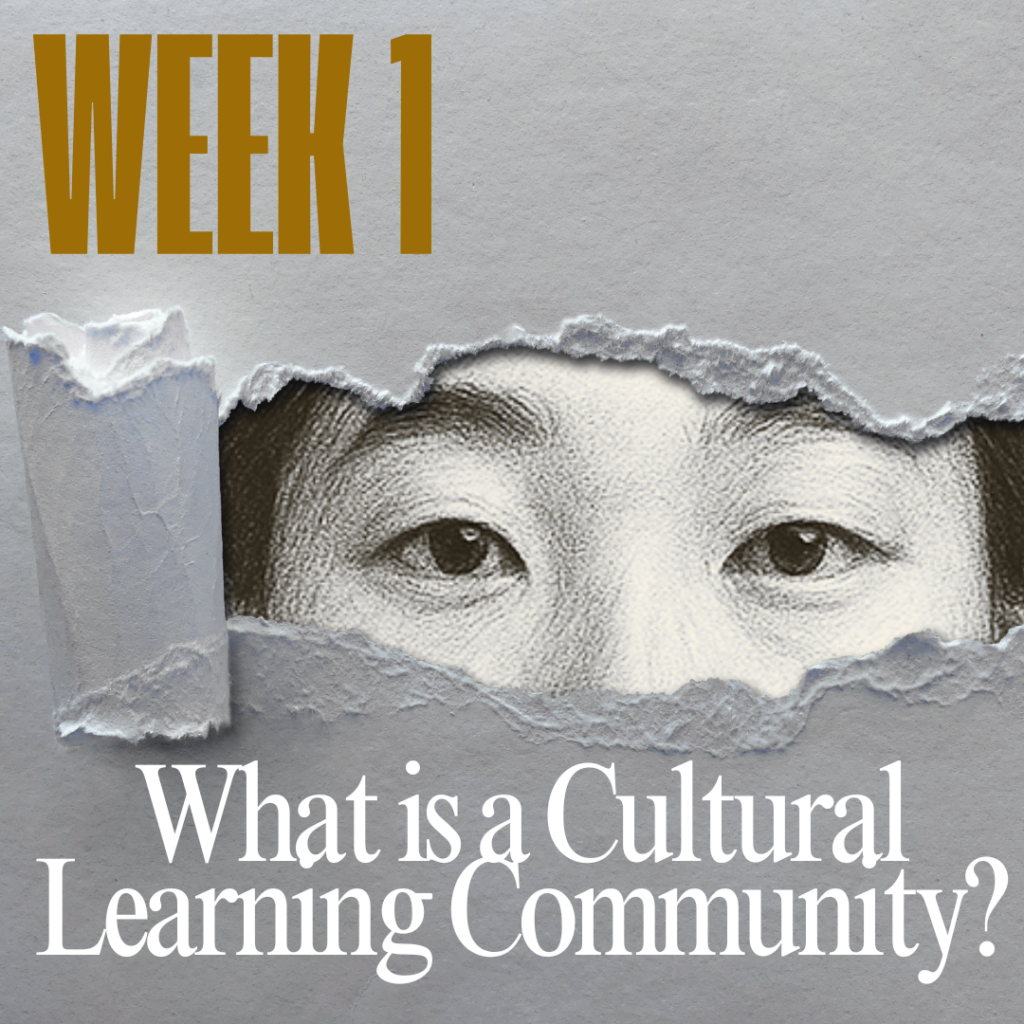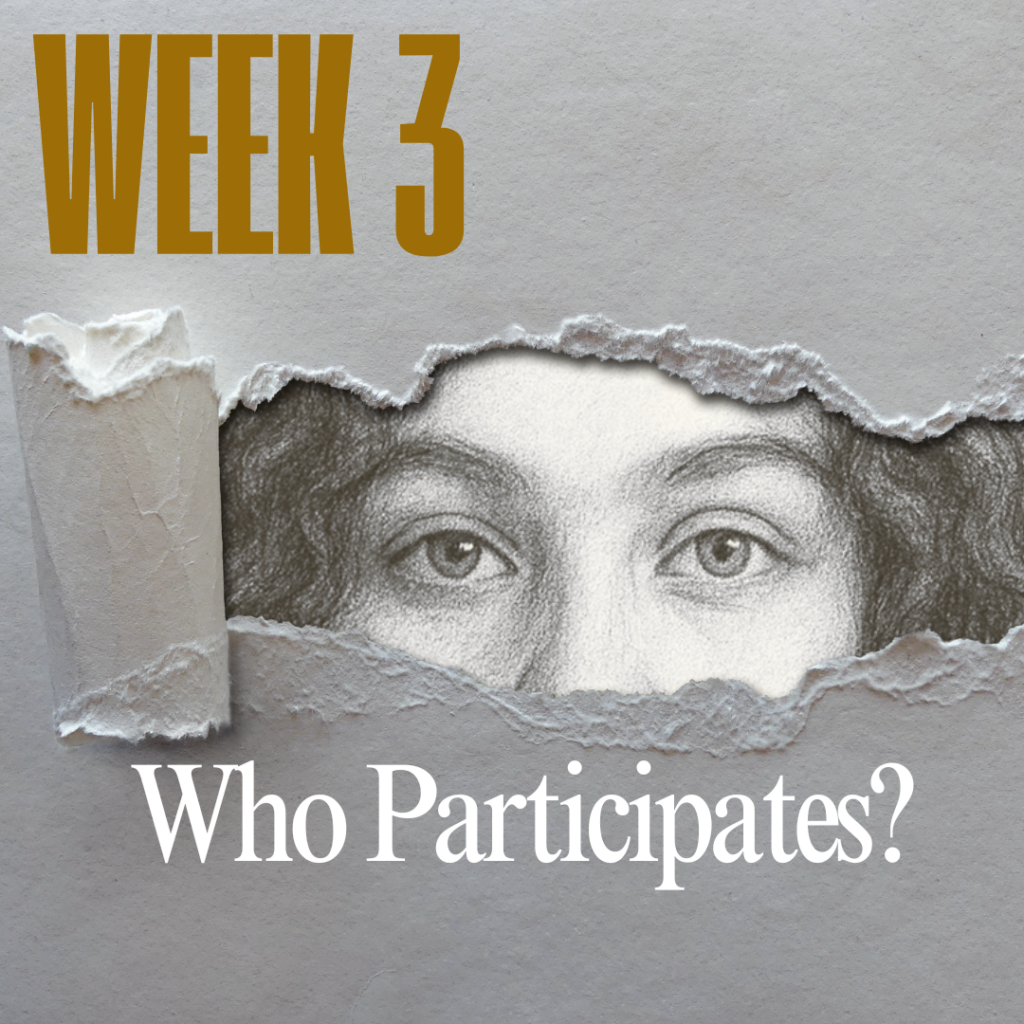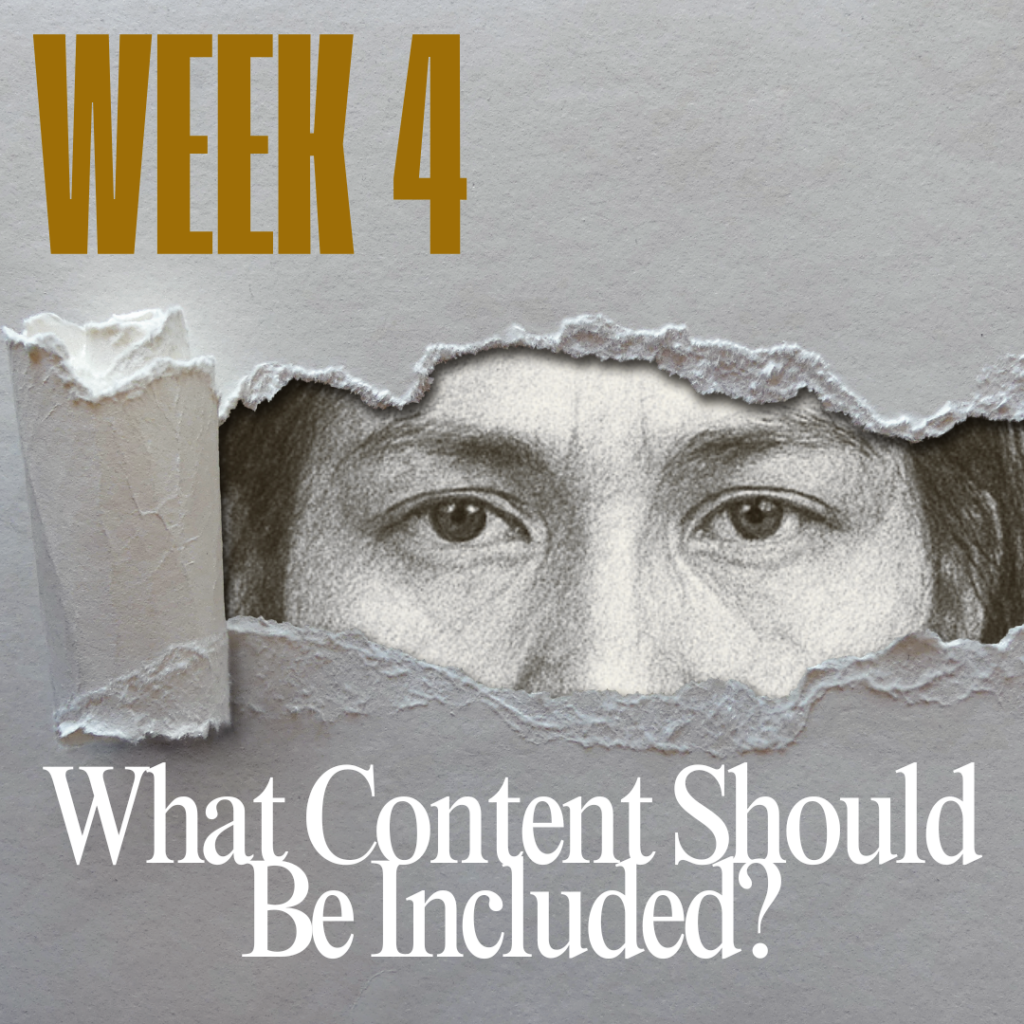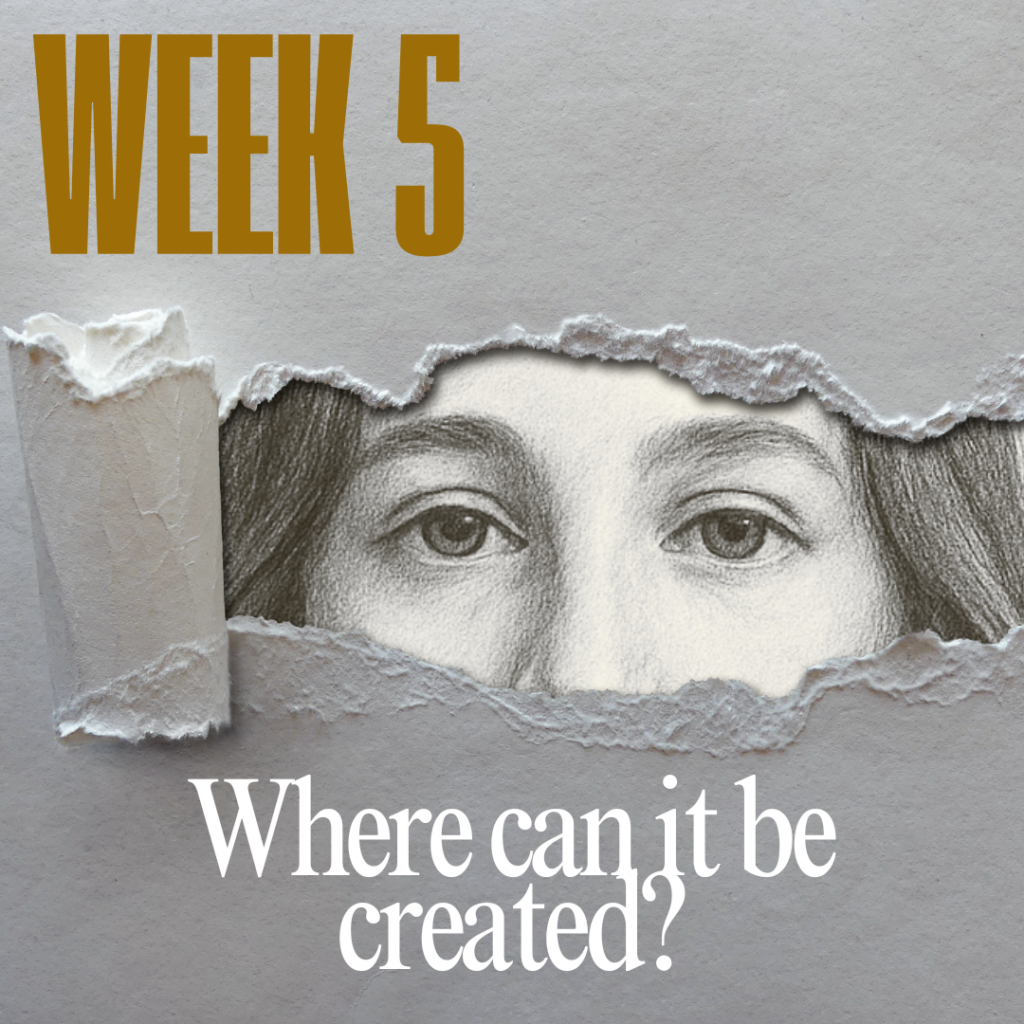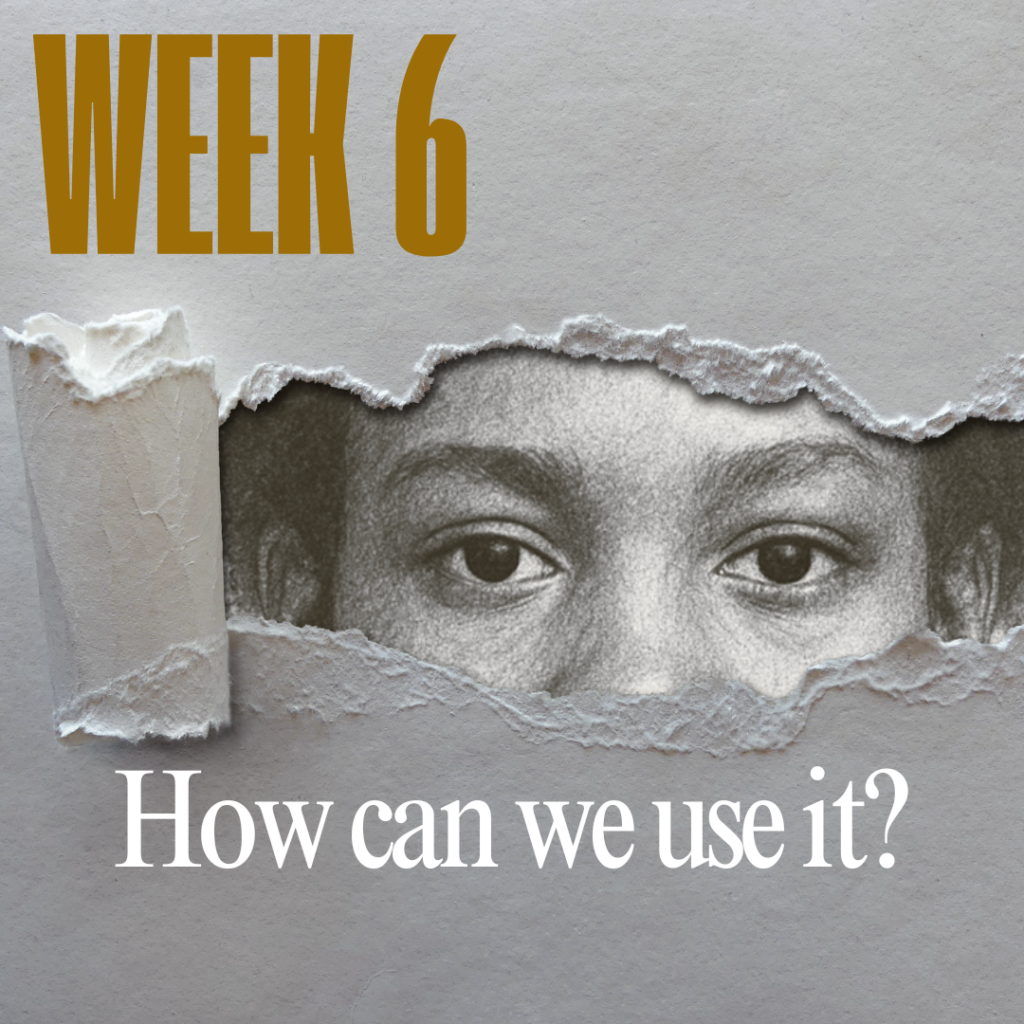Cultural learning
community
Overview
Every learner arrives in the classroom carrying a rich cultural world: languages spoken at home, family traditions, community knowledge, stories, humour, values, and unique ways of seeing and understanding. When teachers recognize that all learning is cultural, the classroom becomes more than an academic space—it becomes a place where students feel seen, heard, and empowered. Learning grows deeper, relevance increases, and students experience a stronger sense of belonging because who they are matters in what and how they learn.
This course guides you step-by-step in designing and implementing a Cultural Learning Community, a collaborative environment where students build and share their cultural profiles through multiple formats—visual, oral, written, digital, creative, and interactive. As the community grows, students strengthen their identities, learn from the cultural knowledge of others, and contribute to a shared, evolving repository of ideas, stories, and experiences. Through this process, they also develop essential academic and future-ready skills, including inquiry, writing, digital literacy, collaboration, and responsible use of AI tools.
Each week includes:
CONCEPTUAL framework: A short explanation of the core ideas, theories, and foundations that will ground your work for the week.
Knowledge Check (Quiz): A brief formative assessment to help you confirm your understanding and prepare you for the applied work.
Applied PRACTICES: Hands-on, interactive, classroom-ready activities—supported by digital tools—through which students contribute, connect, and co-create cultural knowledge.
PERSONAL reflection: Prompts to help you evaluate your growth, identify insights, and make intentional choices for your classroom.
Projection or NEXT step: Guidance on how to carry what you learned into the next phase and sustain the development of your Cultural Learning Community.
Why Contribute, Connect, and Co-create?
Contribute, Connect, and Co-create form the core of meaningful collaboration because they represent how knowledge grows through shared participation. When students contribute, they offer pieces of their cultural experiences and identities, adding unique perspectives to the community. When they connect, they actively listen to others, build relationships between ideas, and recognize the value of different ways of knowing. When they co-create, they transform individual contributions into collective understanding by designing shared products, meanings, or knowledge spaces. Together, these three actions show that collaboration is not just working side by side—it is a process of learning from one another, weaving diverse voices into a shared narrative, and building something stronger, richer, and more meaningful than any student could create alone.
Ready to build a community?
Start with Week 1. Read or listen to the brief reference framework, download the sources to explore the topic in depth, complete the check-up quiz, and review the sample activities. Then, move on to the next week. At the end of the 6 weeks, you’ll have access to a document summarizing all the activities so you can implement them in your own context.

